What is obstructive sleep apnea?
Obstructive sleep apnea (OSA) is a common sleep disorder associated with snoring, where your upper airway repeatedly closes when you sleep. This stops you breathing and results in extremely poor quality and fragmented sleep. It causes a huge negative impact on quality of life and is associated with the development of a wide range of significant physical and mental health problems.
How does obstructive sleep apnea happen?
Your upper airway is made of either hard structures, like the hard palate found in the roof of your mouth, or soft structures like the back of the throat and the base of the tongue. Hard structures stay in place by themselves, but soft structures are held in place by muscles.
As you fall asleep, your muscles relax, and this causes the airway to narrow in on itself slightly. With a narrower airway, the airflow can become turbulent which causes the soft structures to vibrate and cause the snoring sound. If the airway narrows in even further, the airflow itself starts to reduce until the airway actually closes entirely and breathing stops. This pause in breathing is called an apnea.
With no breathing, your oxygen levels start to drop which your body can only tolerate for so long. After a few seconds it become so alarmed that it has to pull you back into a shallower state of sleep, or even completely awake, so your muscles regain their tone, pull open your airway and you breathing can restart – often with a loud snort or gasp.
This means you never fall into the deep, restorative states of sleep that you need in order to feel refreshed in the morning, because whenever you do your airway closes, your breathing stops and your body has to wake you up.
What are the symptoms of Obstructive Sleep Apnea?
Episodes of stopping breathing
Loud snoring
Gasping, choking or gagging during sleep
Excessive daytime sleepiness
Morning headaches
Poor concentration or memory problems
What is the treatment for Obstructive Sleep Apnea?
There are three different approaches to treating OSA.
Lifestyle measures
A number of lifestyle changes can improve OSA, including weight loss, stopping smoking, reducing alcohol intake, sleeping on your side (some people only have symptoms of OSA when they sleep on their back).
Dental devices
These are similar to a sports gumshield, but with a lower section as well. The sections clip together and work to bring your lower jaw forward slightly, which can open your airway enough that it doesn’t close during sleep. This can be helpful in milder forms of OSA. They are also known as mandibular advancement devices and can be self-moulded or specially made by a dentist. We recommend S4S dental for specialist devices.
CPAP
CPAP, which stands for continuous positive airway pressure, is the first-line treatment for OSA. The CPAP machine is a small device that sits on your bedside table and blows air through a mask that fits to your nose, or mouth and nose as you sleep. This gentle air pressure supports your airway and stops it from closing as you sleep.

